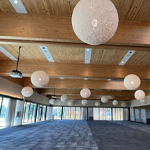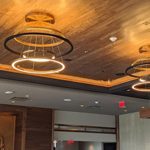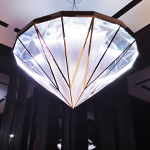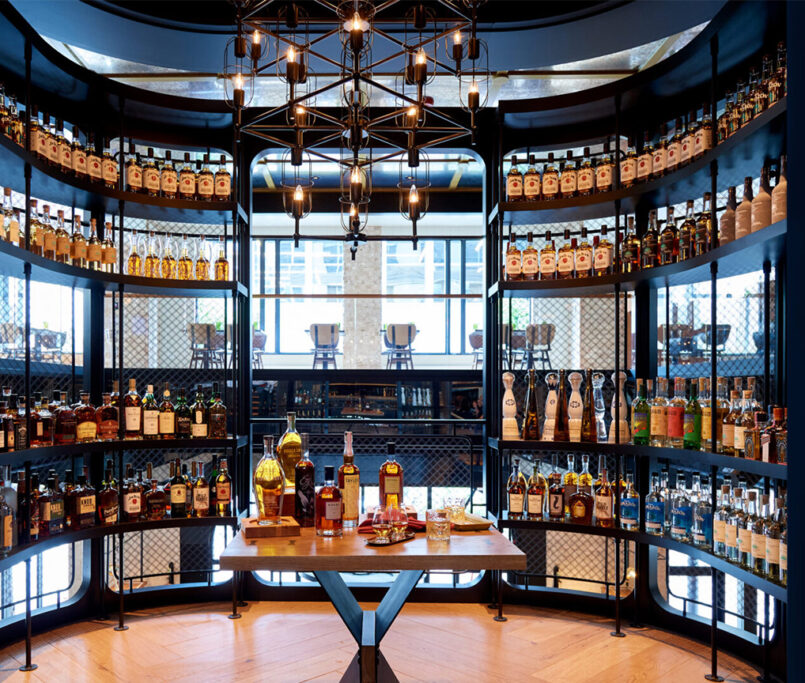3 main metrics when it comes to measuring light output
There are three main metrics when it comes to measuring light output -Lumens, Candelas and Lux (Metric). Lumens: Sheer volume (amount of light that is radiated) Candelas: Intensity or strength (Narrow or Spread out). Narrower, higher candela. Lux: the illumination intensity of an area; customers usually care about this a lot. How the light hits whatever you’re shining it at. Lighting designers/architects ask for IES files because they want to figure out how the light is going to be delivered to the space Lumens:
- Benefits of LEDs is that you can integrate it into the fixture
- There can be 850 Lumens on a spec sheet but that’s not what can be coming out of a fixture. That is the lumens from the source.
- Ex: Incandescent Light bulb has 850 Lumens from the source but only delivers 450 Lumens because it lacks efficiency
- LED delivers 750 Lumens in this example because it’s more efficient
- LED Chip mounts to reflector, which focuses light into a lens, and the lens goes into a diffusor which softens it; makes beam angle wider but it is for the aesthetics of the beam
- Lumens that we put on our spec sheet are delivered lumens
- Every time you have light go through something else/different medium;you lose some of that light
- Where you hit 50% of your maximum intensity; all based on your candelas
- If you have 1000 lumens focused, and maximum intensity is 2000 candelas, your angle is where you hit 50% of that intensity on either side (1000 candelas)
- Field Angles is based of 10% on either side
- Cutoff: Where there is no light
- Types of Beam Angles:
- Narrow
- Medium
- Wide Beam>
- Extra Wide Beam
- How do you change the angle? -Optic (Lens, reflector, etc.) will help focus lights in different ways, dependent on the Optic
- The farther you go;the less light hits the space. For example: 50 foot candles arewhat you want on an office desk.
- How do they measure all this?
- They take a giant sphere (integrating sphere) and put the light source in the middle. They close it and it gets measured, and that’s where you get the report.
- Integrating sphere also measures all your color and lumensoIt traps everything in the middle, nothing escapes, so you get a pure reading.
- In order to get a beam angle, you have a humongous system with mirrors called a goniophotometer and they measure the beam angle.
- These systems costa lot of money, which is why companies generally use labs to figure these things out, which is why labs are always backlogged and will take time to come back with results.
- LM79 is an official report that comes from a third party government approved safety lab.
- Therefore, even if we had this equipment, unless the government came and certified/inspected us, we wouldn’t be able to produce our own LM79.
Related Posts
At Ideoli, we’re known for obsessing over the...
Every custom lighting fixture starts with a conversation....
















